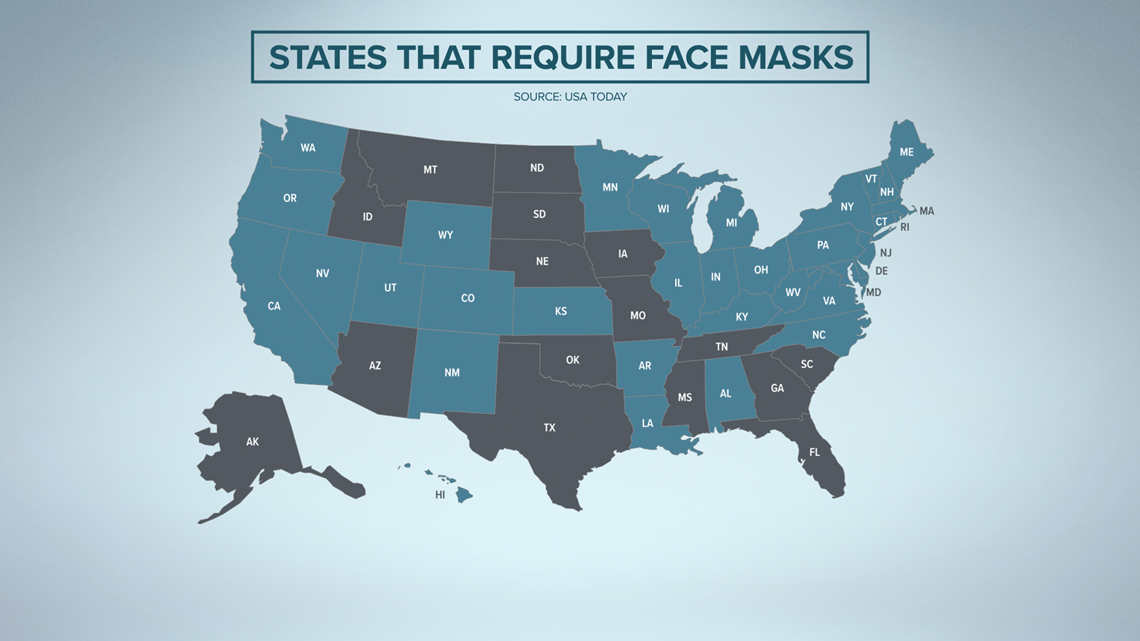
The following article appeared in the Santa Fe New Mexican on March 10, 2021. It also appeared in several other New Mexico based outlets.
Contractor-operated prisons, or so-called private prisons, have been vilified among progressives, even though their success in preparing inmates for productive engagement after their incarceration should be lauded by all social and political ideologies as part of the solution to social justice reform.
House Bill 40, which would eliminate all privately managed correctional facilities in New Mexico, has been making its way through the Legislature this session.
Last month, President Joe Biden signed an executive order to end new contracts between the Department of Justice and contractor-run corrections facilities, which almost exclusively house foreign citizens convicted of federal crimes. Contractor-run correctional facilities perform a valuable service. They help control overcrowding in publicly run prisons while providing more and better rehabilitation opportunities. Typically, inmates are safer, as rates of assault were lower at contractor-run facilities than rates in publicly managed prisons.
Opened in 1998, the Lea County Correctional Facility in Hobbs is a contractor-managed facility operated by GEO Group on a former World War II training base. As with all correctional facilities in the United States, it is managed in compliance with standards set by the American Correctional Association. The facility was most recently reaccredited in 2015 with a perfect score.
The facility provides inmates with training, work programming, recreation and educational opportunities. GEO’s in-custody and post-release “continuum of care” programming, developed by experts in criminal justice, substance abuse, psychology and other areas, keeps residents engaged for positive change and is critical for them to be successful once they serve their sentence and to avoid reoffending.
A study from the Rand Corporation found inmates who participated in correctional education programs were 43 percent less likely to recidivate than inmates who did not. And, often, state budget cuts hit prison programming first, while private contractors have flexibility and can invest their own resources to continue to do what is best for those in their care.
While visiting another GEO Group-managed facility in New Mexico, I met residents and staff who spoke highly of their experiences with the programming offered. Many residents have struggled with substance abuse challenges and require acute counseling and rehabilitation programming to help overcome their addiction. According to the Sage Neuroscience Center, all of the top 10 causes of death in New Mexico can be at least partially attributed to drug and alcohol abuse.
Program residents must complete the Residential Drug Abuse Program as part of their sentence. With new executive orders underway and the threat of HB 40, these programs could be shut down, potentially forcing these individuals into a jailhouse general population where they would not be able to get the services they need to survive and thrive after they serve their sentence. Revoking important substance abuse programs would destine many of these people to the damning cycle of ongoing drug and alcohol abuse, harming not only themselves but also their families and local communities.
In short, all contractor-operated facilities follow the same protocols policies and procedures as publicly run facilities under the New Mexico Corrections Department. Furthermore, the contractors have strict oversight of their operations that include on-site monitors, something the government facilities and the state lack.
Most importantly, as our nation shifts its corrections paradigm to highlight judicial reforms and inmate reentry, we should leverage all of the successful tools at our disposal to provide inmates with the care, attention and training they need inside facility walls — whether contractor run or publicly run — in order to be well-functioning members of society when they rejoin the public.
Continuing to wage war on contractor-run prisons doesn’t solve any problems or help inmates. If a program works, it shouldn’t matter who is managing it. By working together, we can rethink our prison system for the benefit of everyone.


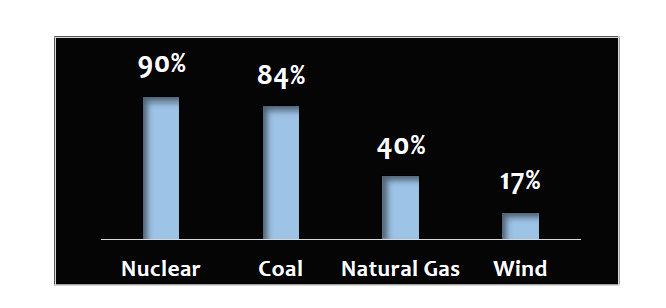

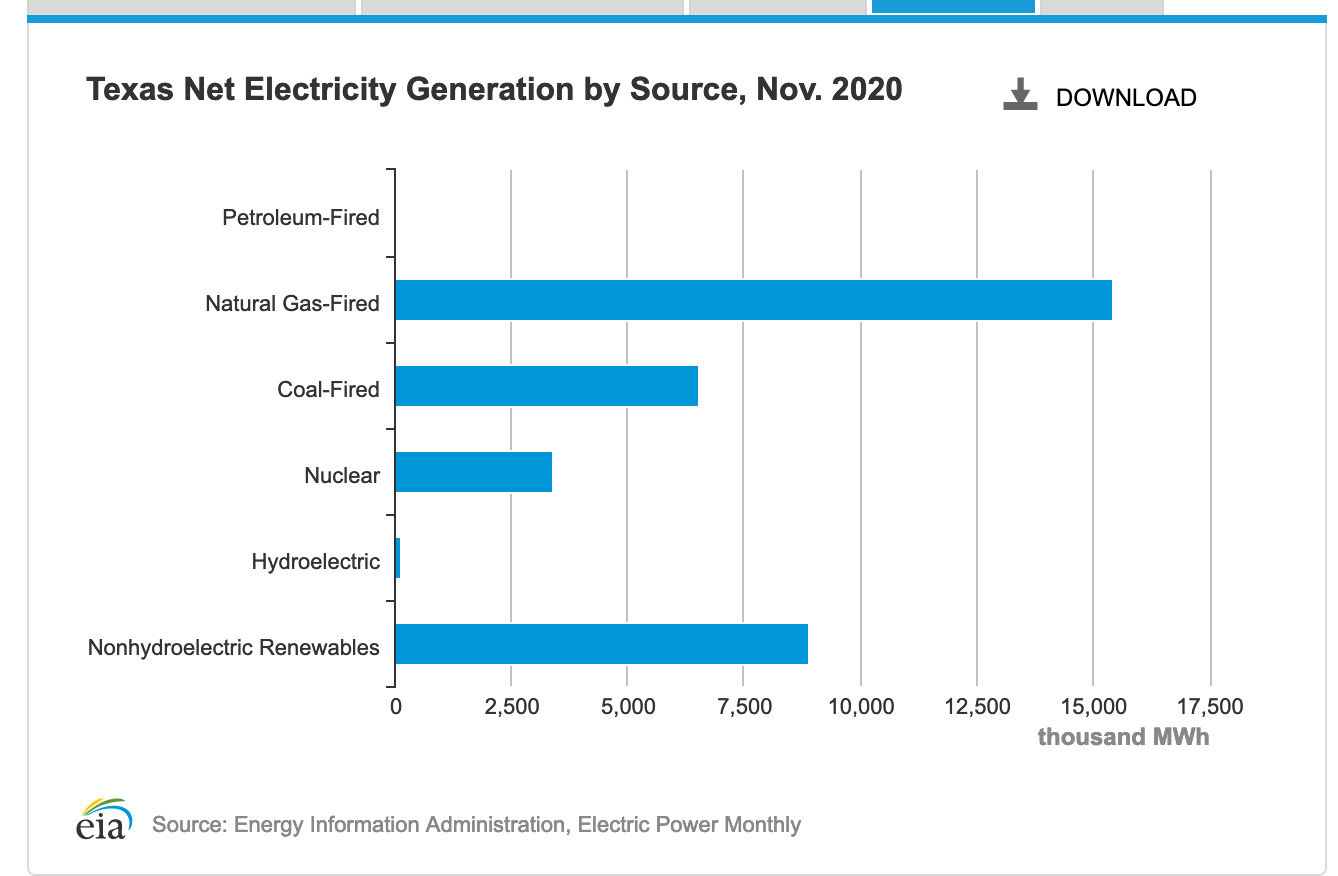
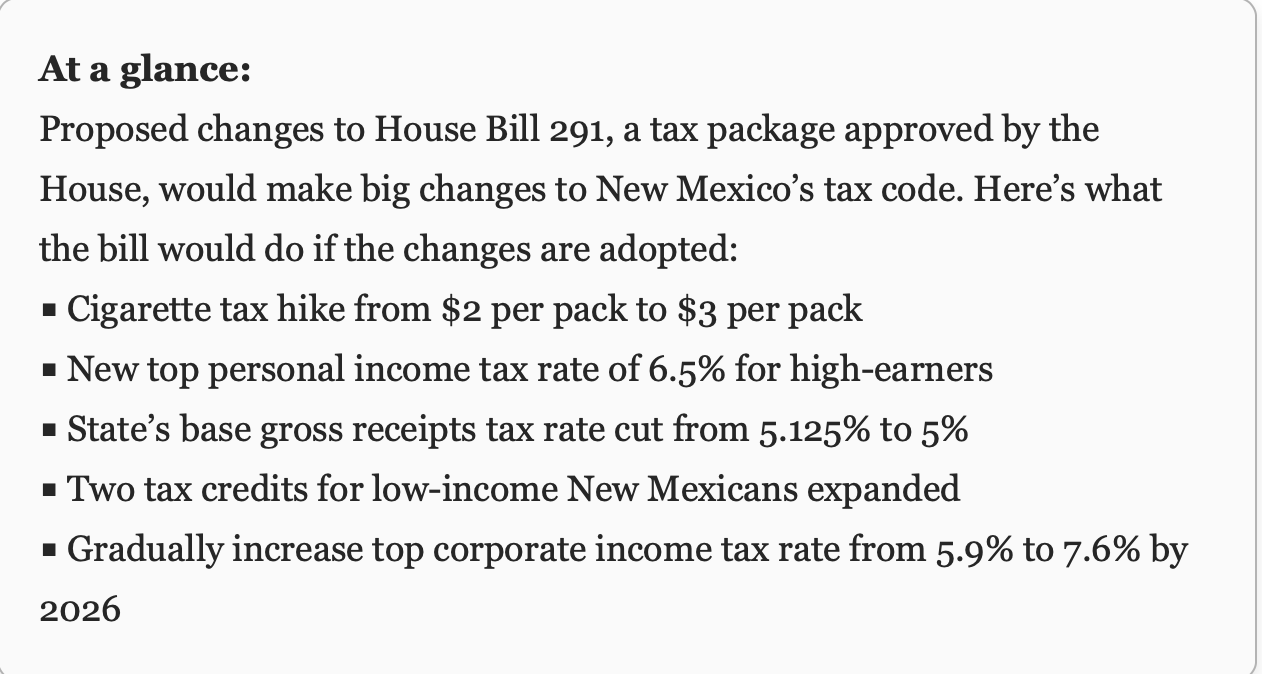 In summary, with
In summary, with 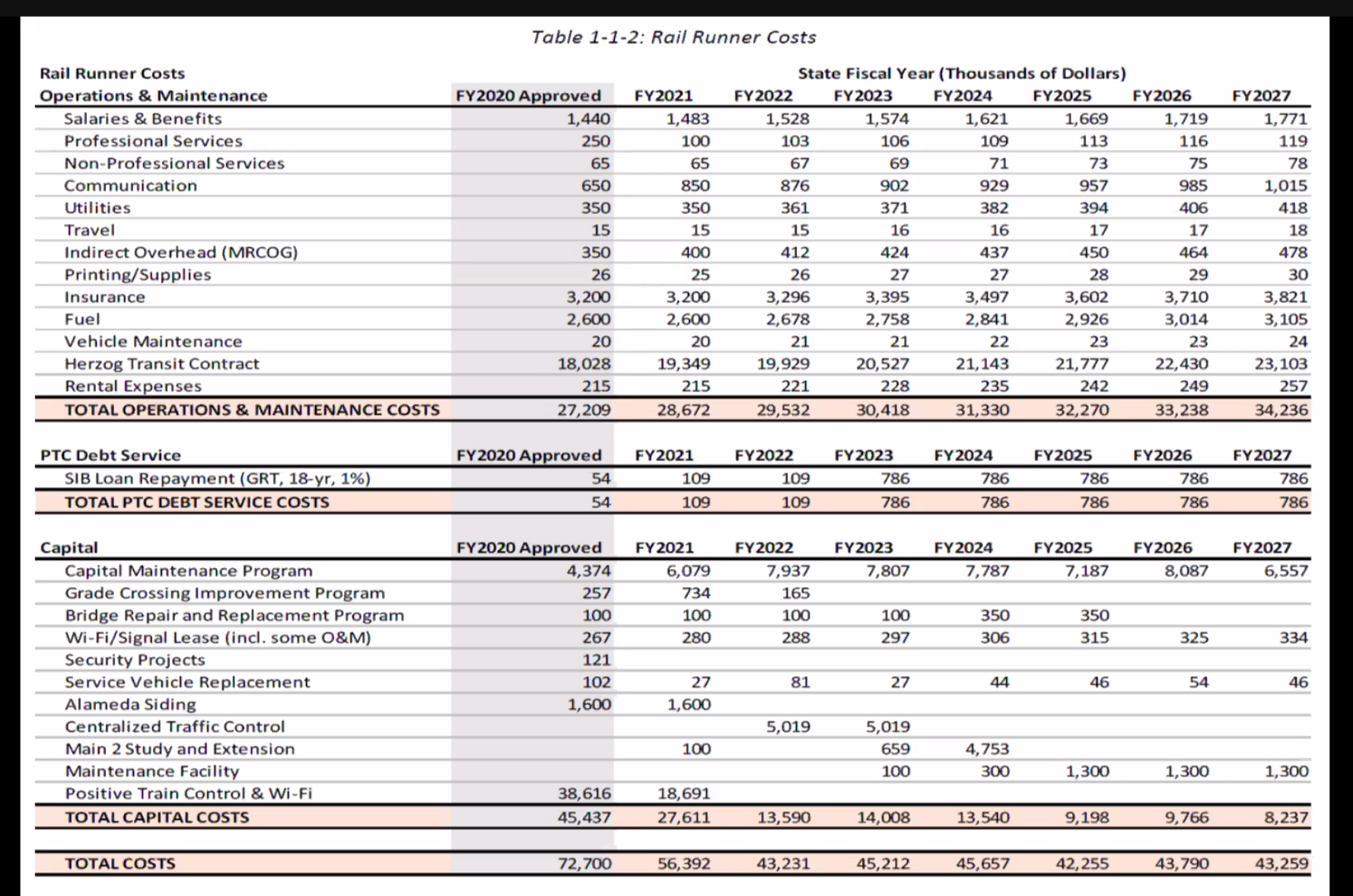
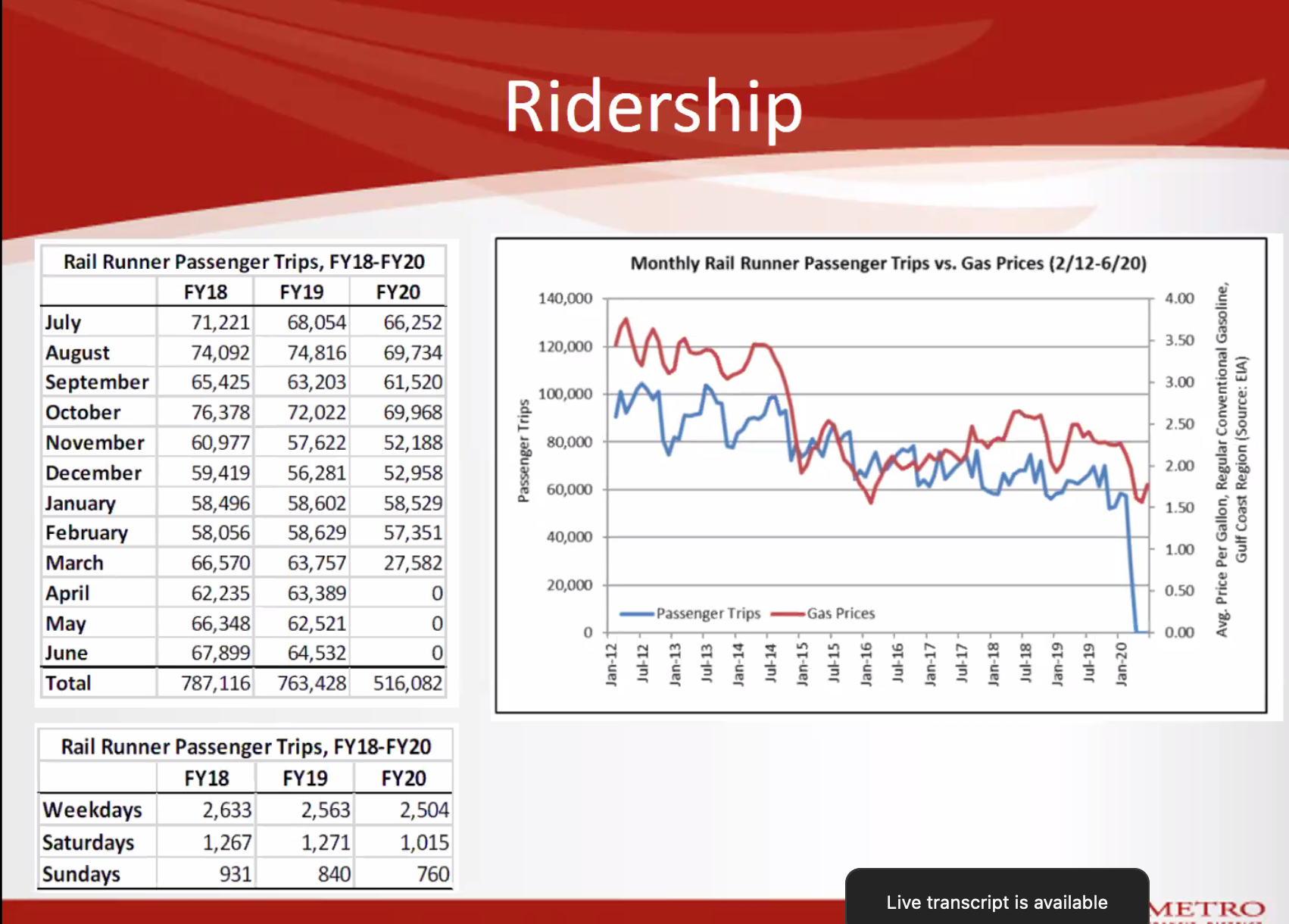









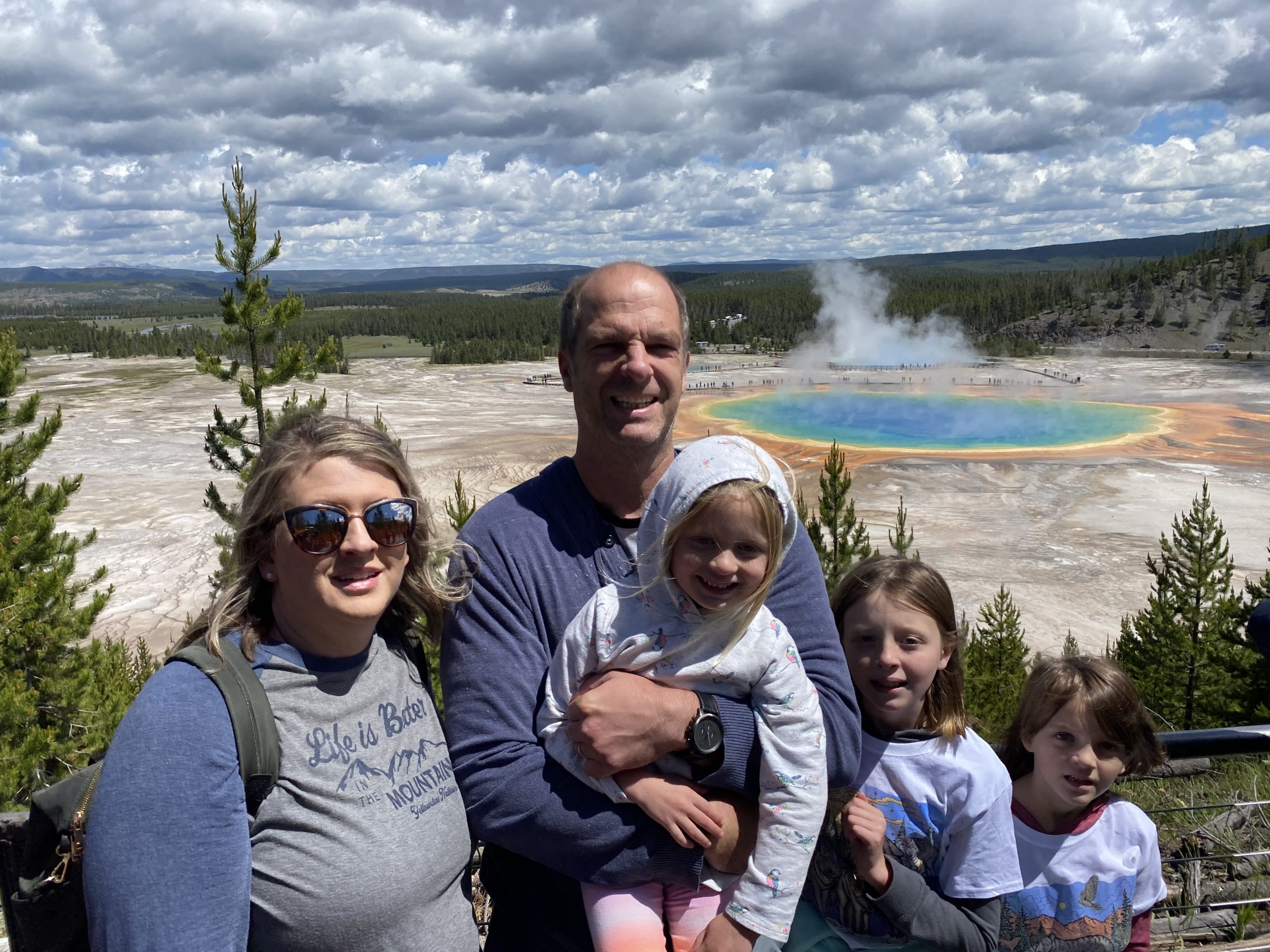


 WE went to
WE went to  Finally, we traveled twice to the Great Wolf Lodge in Scottsdale, AZ TWICE and did their ropes course and played in their waterpark which was open while nothing like that was available in New Mexico throughout.
Finally, we traveled twice to the Great Wolf Lodge in Scottsdale, AZ TWICE and did their ropes course and played in their waterpark which was open while nothing like that was available in New Mexico throughout.

 In big ways and small (and many more than listed here) we attempted to live both safely AND freely. This is just a fraction of the means we used to live free and enjoy life over the past year. None of the Gessing household including a 76 year old member of the household got COVID 19 over the past year.
In big ways and small (and many more than listed here) we attempted to live both safely AND freely. This is just a fraction of the means we used to live free and enjoy life over the past year. None of the Gessing household including a 76 year old member of the household got COVID 19 over the past year.




